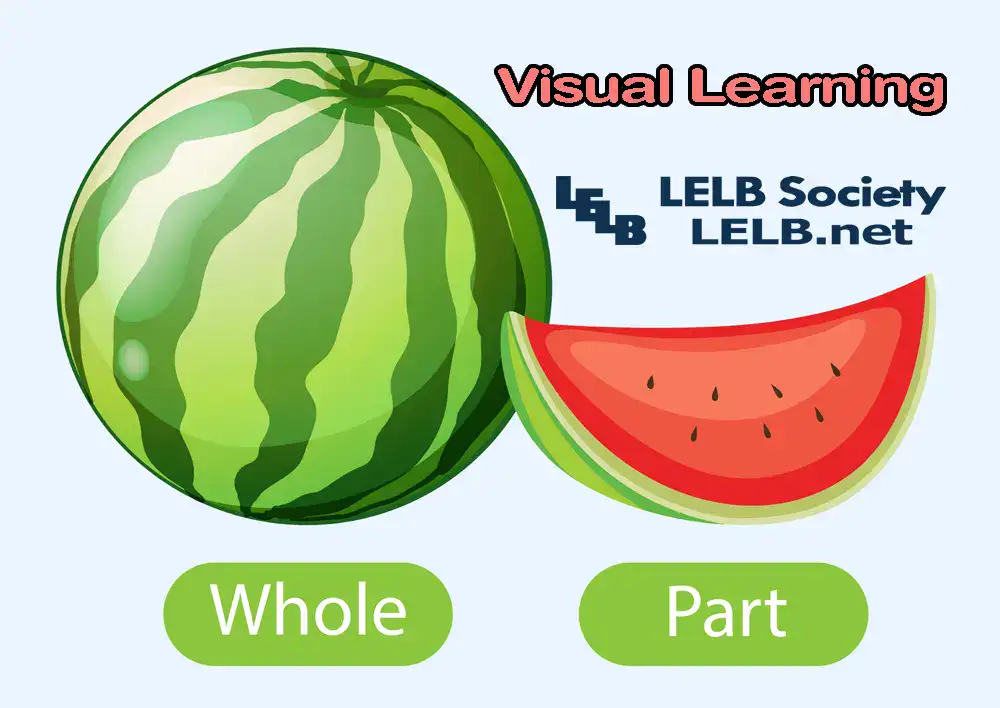Cortex
Cortex or cerebral cortex covers the surface of the brain and is only 2-4 mm (0.08-0.16 inches) thick. It plays a central role in such functions as memory, attention, perceptual awareness, language, and consciousness. The outermost part of the cortex is grey in color, hence the common term ‘grey matter’. The inner layers are white (Ellis, 2008).
Cerebral cortex consists of grooves, referred to technically as sulci (singular of sulcus) or fissures. The grooves divide the brain into lobes: the frontal lobe, the parietal lobe, the occipital lobe, and the temporal lobe. The cortex can also be divided into layers, traditionally six layers, Layer 1 is the outer surface of the cortex and Layer 6 the innermost, adjacent to the white matter.
The cerebral cortex, or neocortex is the grey mantle which covers the two hemispheres of the brain. It is the latest development in brain evolution.
It is where higher cognitive functions, including language, are largely centered.
Its hills and valleys create a convoluted appearance and allow increased space for cells.
Its critical lobes (frontal, parietal, temporal, and occipital) are separated by noticeable bulci (grooves) and gyri (crests) which provide reference points.


